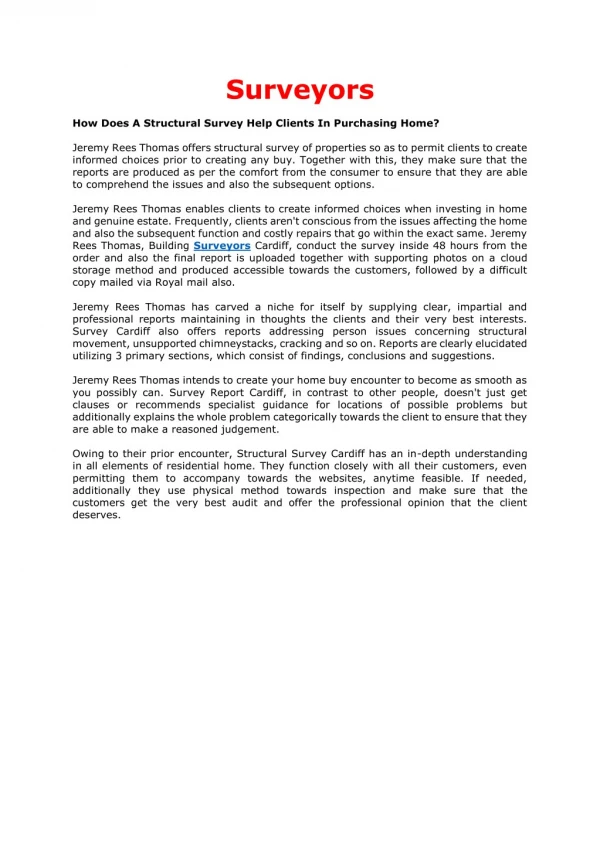Comprehending Right to Light: Essential Information You Should Have

In the world of real estate construction, comprehending the nuances of right to light is essential for both parties, including builders and homeowners. A natural light survey is a crucial instrument that measures how much natural light enters a property and whether proposed developments will infringe on these rights. As urban spaces continue to develop and grow, the consequences of light rights have become more important, affecting planning permissions and development strategies.
Navigating the complexities of light rights matters can be daunting, especially for those unfamiliar with the regulations governing them. By learning about the historical and juridical basis for right to light in the UK, as well as the timing and how to commission a light rights assessment, interested parties can sidestep costly disputes and guarantee their developments are compliant with current regulations. This article aims to explain the procedure and emphasize the value of natural light surveys in preserving a peaceful relationship between development and the entitlements of adjacent properties.
Grasping Right to Light
Right to Light is a legal entitlement that allows a property owner to receive a particular quantity of natural light through their windows. This right is not inviolable but can be claimed through historical use and can significantly impact property development and neighbor relations. Understanding this right is crucial for both developers and homeowners, as it can influence how buildings are constructed.
In the UK, the Right to Light is typically recognized under civil law and has changed through various legal cases. The right can be claimed if a property has enjoyed uninterrupted light for a continuous period of 20 years, which can lead to probable legal challenges in urban areas where space is limited. Knowing the legal framework surrounding this right is important for anyone involved in property development to avoid disputes and ensure adherence with planning regulations.
Developers must be vigilant in taking into account Right to Light during the preliminary stages of planning and design. Failing to sufficiently address https://panduro-monrad-2.federatedjournals.com/the-complete-guide-to-right-to-light-litigation can lead to significant outcomes, including legal actions that may delay or alter development projects. By understanding the effects and how to appropriately assess light rights, developers can create plans that consider neighbors' rights while still optimizing the capabilities of their own properties.

Legal and Legal Compliance Issues
Grasping the juridical and compliance aspects of right to light is essential for real estate developers. https://boatmine2.bravejournal.net/clarifying-right-to-light-faqs-addressed to Light is mainly derived from case law and is recognized in legislation in the UK. Property owners may claim a entitlement to light if they have enjoyed light through specific apertures for a set period, typically 20 years. This entitlement can lead to legal complexities, especially when developments are proposed that could infringe on current rights. Familiarity with regional laws and case precedents is essential, as regional differences may affect how rights are understood and enforced.
Failure to consider right to light issues during the planning process can lead to expensive disputes and delays. Developers often fail to appreciate the importance of conducting thorough right to light evaluations early in their plans. By doing so, they can minimize risks connected with legal challenges from neighbors or the council. Legal experts can assist in understanding the consequences of any existing rights, as well as in navigating the permitting process to avoid future litigation.
In addition, the potential for legal solutions in cases of violation is a significant compliance concern. If a right to light is breached, property owners have the option to seek court orders to prevent construction or changes that would obstruct their light. Additionally, compensation may be requested for lost rights, making it vital for developers to comprehend how their actions could impact neighboring properties. Consulting with right to light specialists not only supports compliance but also promotes positive relationships with the local community, ultimately encouraging smoother projects.
Survey Process and Case Studies
The method of conducting a Right to Light survey begins with an first assessment of the site and its surrounding area. This generally involves gathering information about existing structures, their altitudes, and distances from neighboring properties. Then, surveyors utilize specific tools and software to analyze sunlight access and any potential impacts on neighboring properties. This analysis usually includes creating detailed daylight and sunlight reports that detail how much natural light is present and whether any planned developments could violate a neighbor's right to light.
In a notable case involving urban development, a developer sought to erect a high-rise building in a seriously populated area. A Right to Light survey uncovered considerable potential impediments to light for neighboring buildings, prompting the developer to revise their plans. By working closely with surveyors and legal experts, they were able to adjusting the design to reduce the impact on light access while still achieving their project goals, showing the importance of thorough assessments early of the planning process.
Another case showcased the challenges encountered by developers when addressing Right to Light issues related to historic buildings. When a modern extension was proposed adjacent to a heritage site, neighbors raised concerns over light infringement. The execution of a detailed Right to Light survey proved essential in this scenario, as it helped to reconcile the light rights of the current historic structure with the need for new development. Through strategic adjustments to the design, the developer was successful in gaining approval while respecting the established rights, showcasing the critical role of Right to Light assessments in navigating complicated planning landscapes.
